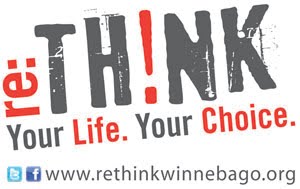During these cold winter days the Farm2School program has been sampling up a storm in schools all across Winnebago County. We have been serving Wisconsin Winter Moon and Potato Fusion blends for February Fun Food of the Month. Both products are locally grown /processed and offered by The Fifth Season Cooperative Food Hub through Reinhart Foodservice. WI Winter Moon is a medley of carrots, butternut squash, golden potatoes, and beets; the Potato Fusion is a mix of red, russet, and golden potato varieties. These blends are very versatile; they can be served sweet or savory, for breakfast or lunch. Depending on the seasoning you can have Italian, Tex-Mex, or Herb inspired dishes. Root vegetables are very comforting foods that most students enjoy. Along with serving these blends on the lunch line, we have been offering extra samples school wide in Oshkosh, Omro, Lourdes and Winneconne elementary schools.
Many students were able to try a beet for the first time, helping to develop their vegetable vocabulary. While some were hesitant to say they really liked eating the blends, many gave their support to eat them again if served. It’s the little wins that make these samplings worthwhile. As one endearing fifth grader from Omro put it, “These blends are better than McDonald’s!” Now, to the budding foodie who seeks out culinary adventures of celeriac soup and kale smoothies, this might not have much weight. However, in terms of gaining kids’ trust to try more local, fresh, produce this is a huge breakthrough. Fast Food is often a familiar comfort food. For students to independently develop their thoughts that a locally-grown product served for lunch is a better choice could mean more consumption of healthy choices in the future. These blends will continue to be ordered and served until they are no longer available. Hopefully by that time we will be breaking ground for school gardens and planning for samplings of locally-grown asparagus and fresh greens!


.jpg)
